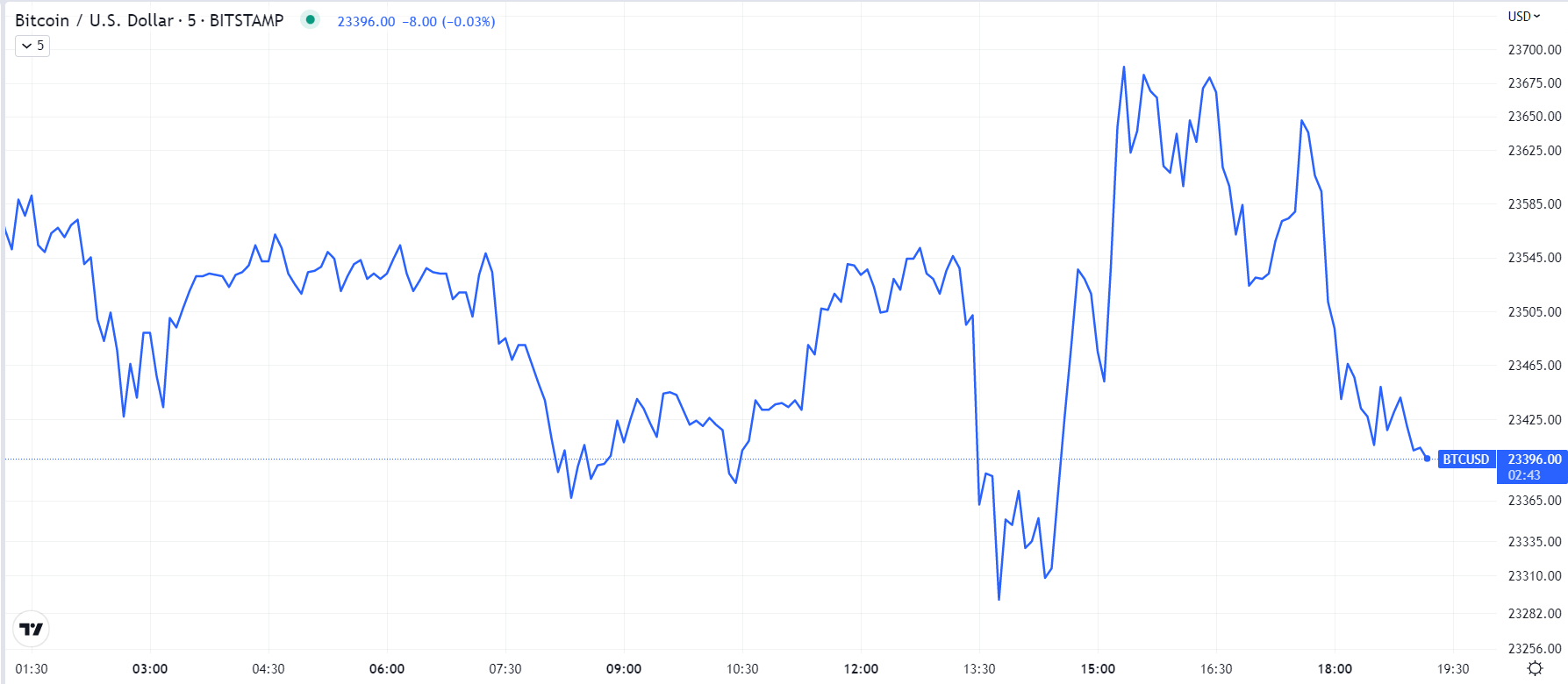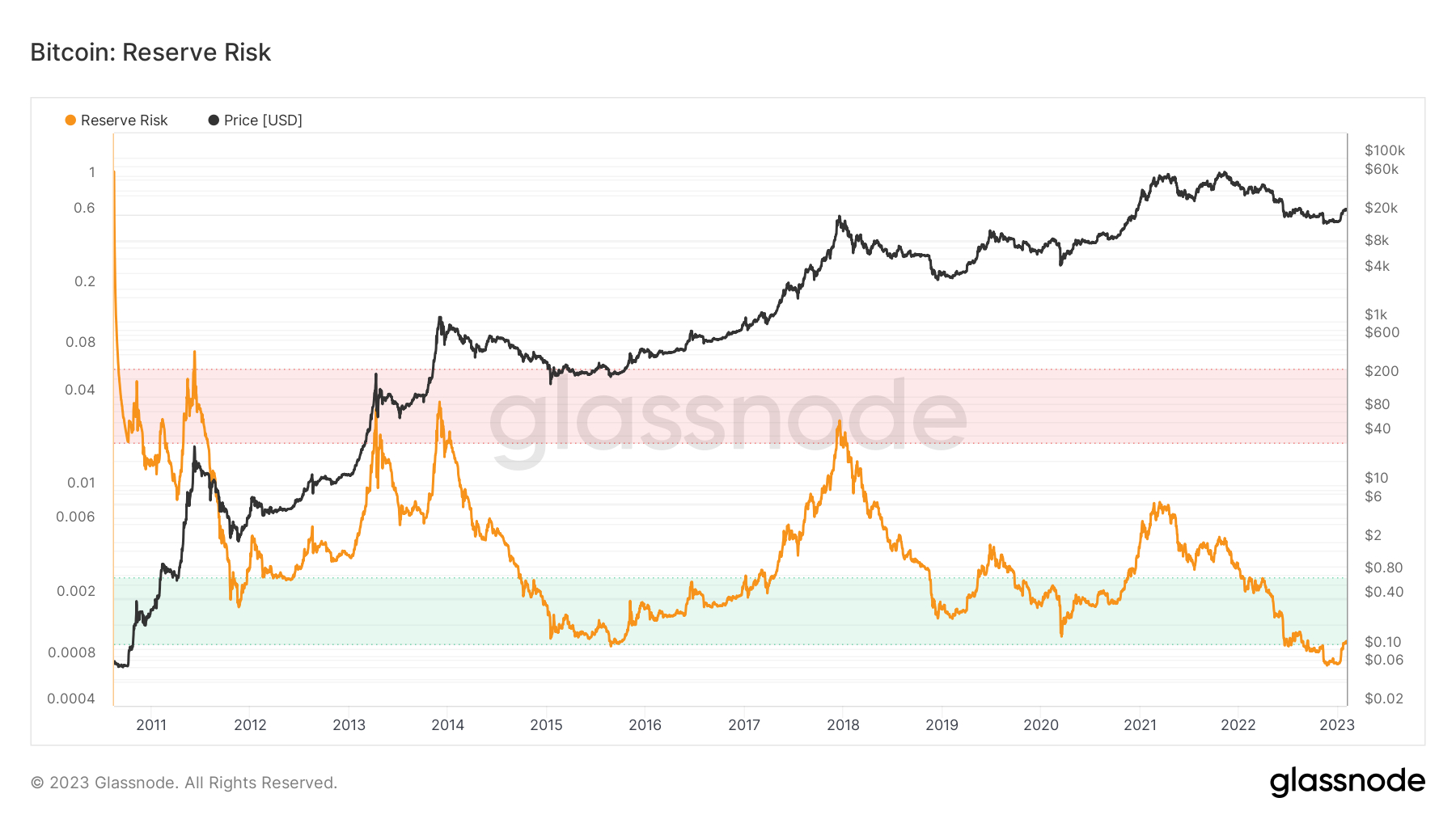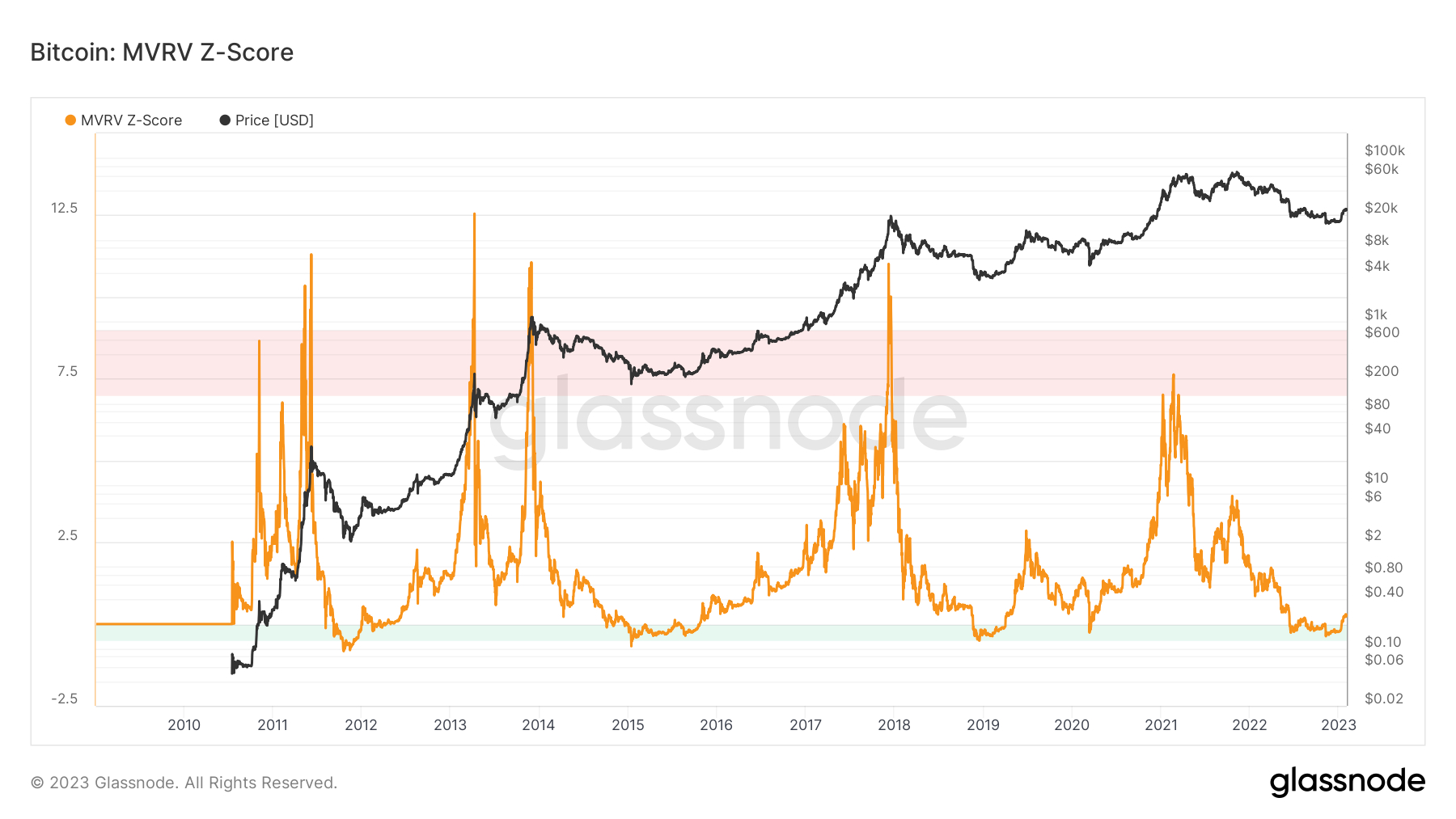Friday was a choppy, indecisive day in the Bitcoin market, with prices swinging between losses and gains of about 1.0% each way as traders digested the latest much stronger-than-expected US labor market report for last month. According to the latest figures from the US Bureau of Labor Statistics, the US economy added a whopping 517,000 jobs last month, way above the expected job gain of 190,000, while December’s figure also saw a 30,000 upwards revision to 260,000.
Meanwhile, the household survey showed the unemployment rate dropping to a new more than five-decade low at 3.4%, despite a rise in the participation rate. Average hourly earnings continued to grow at a solid YoY pace of 4.4%, a little above expectations. The report beat economist expectations across the board.
A senior economist at BMO Capital Markets commented to the financial press that the report “raises serious doubts about the economy slipping into recession and the Fed ending its tightening cycle this spring”. Other analysts expressed skepticism about the headline NFP number, citing a risk of big revisions ahead.
Either way, even with possible future revisions, the “real” number is probably still going to be a very strong one. As a result, yields across the US treasury curve and the US dollar surged, while initially sent US stocks and Bitcoin initially fell.
However, buyers came in to support risk assets, perhaps on the hope that the latest data increases the chance that the US Federal Reserve is able to achieve its much hoped-for “soft landing” – where it tightens policy sufficiently to bring down inflation without provoking a recession that causes widespread job losses. Bitcoin was unable to sustain a rally, however, and is currently a tad lower on the day.

Bitcoin Could Suffer in the Short-term
Despite the intra-day recovery, Bitcoin could still head lower, many crypto traders and analysts opined via social media. “Expecting a lower high then Bitcoin will get sent” said WSB Trader Rocko.
“Analysts are still bullish on the cryptocurrency, but the $25,000 target may be harder to reach”, said Krypton AI.
Indeed, others pointed to a far more protracted drop in the price of gold, which was last down about 2.5% on the day, having now pulled back nearly 5% from the multi-month highs it printed at $1960 just one day ago.
That may not seem like a big move in the world of crypto, but for gold, a typically much more stable asset, it is big. And it is representative of a significant degree of tightening of financial conditions in wake of this data, as traders hawkishly revise their Fed tightening expectations.
Looking at Bitcoin from a technical perspective, if pessimism regarding tighter financial conditions encourages an uptick in profit-taking, the cryptocurrency could be in for some short-term downside towards support in the $22,500 area, where some recent lows and the 21-Day Simple Moving Average (SMA) reside. Below that, $21,500 is the next major near-term support area.

But On-chain Metrics Are Screaming Bull Market
But even in the instance where the US economy avoids a recession, inflation takes a little longer to come down and the Fed has to take interest rates above 5.0% for the rest of this year, many think that Bitcoin is unlikely to return to fresh cycle lows. One reason for this thinking is that a confluence of on-chain indicators are screaming that the bear market is over, most for the first time in a long-time.
As discussed in a recent article, seven out of eight key on-chain and technical indicators tracked by crypto analytics firm Glassnode’s “Recovering from a Bitcoin Bear” are now signaling that the next Bitcoin bull market might be here. Glassnode’s dashboard analyses whether Bitcoin is trading above key pricing models, whether or not network utilization momentum is increasing, whether market profitability is returning and whether the balance of USD-denominated Bitcoin wealth is in favor of the long-term HODLers.
Separate on-chain indicators like the Bitcoin’s Reserve Risk and MVRV-Z score are also sending bullish signals. As discussed in a recent article, Bitcoin Reserve Risk recently fell to its lowest-ever level, indicating that HODLer conviction is close to record highs.

According to Glassnode, Reserve Risk is “used to assess the confidence of long-term holders relative to the price of the native coin at any given point in time”. Reserve Risk is “a long-term cyclical oscillator that models the ratio between the current price (incentive to sell) and the conviction of long-term investors (opportunity cost of not selling)”.
Meanwhile, the MVRV-Z score, which “compares market value and realized value to assess when an asset is overvalued or undervalued” according to Glassnode, has also recently mustered a sustained recovery back above zero after a prolonged period below. This has historically occurred at the start of bull markets.

Bitcoin is also soon expected to experience only its seventh “golden cross” (where the 50-Day SMA crosses above the 200-Day SMA) in the last 10 years. When these occur following a prolonged bear market, they have typically been excellent medium to long-term buy signals. Given the above, it seems likely that there will be plenty of demand for Bitcoin at key support levels as (and if) it dips.
Credit: Source link


![The 3 Best New Meme Coins to Invest in This Week Are Ready to Shake Up Your Crypto Wallet [With a Crazy 90% APY on Staking]](https://cryptocentralized.com/wp-content/uploads/2025/01/unnamed-2025-01-19T074942.725-360x180.png)























































































![The 3 Best New Meme Coins to Invest in This Week Are Ready to Shake Up Your Crypto Wallet [With a Crazy 90% APY on Staking]](https://cryptocentralized.com/wp-content/uploads/2025/01/unnamed-2025-01-19T074942.725-350x250.png)


















































